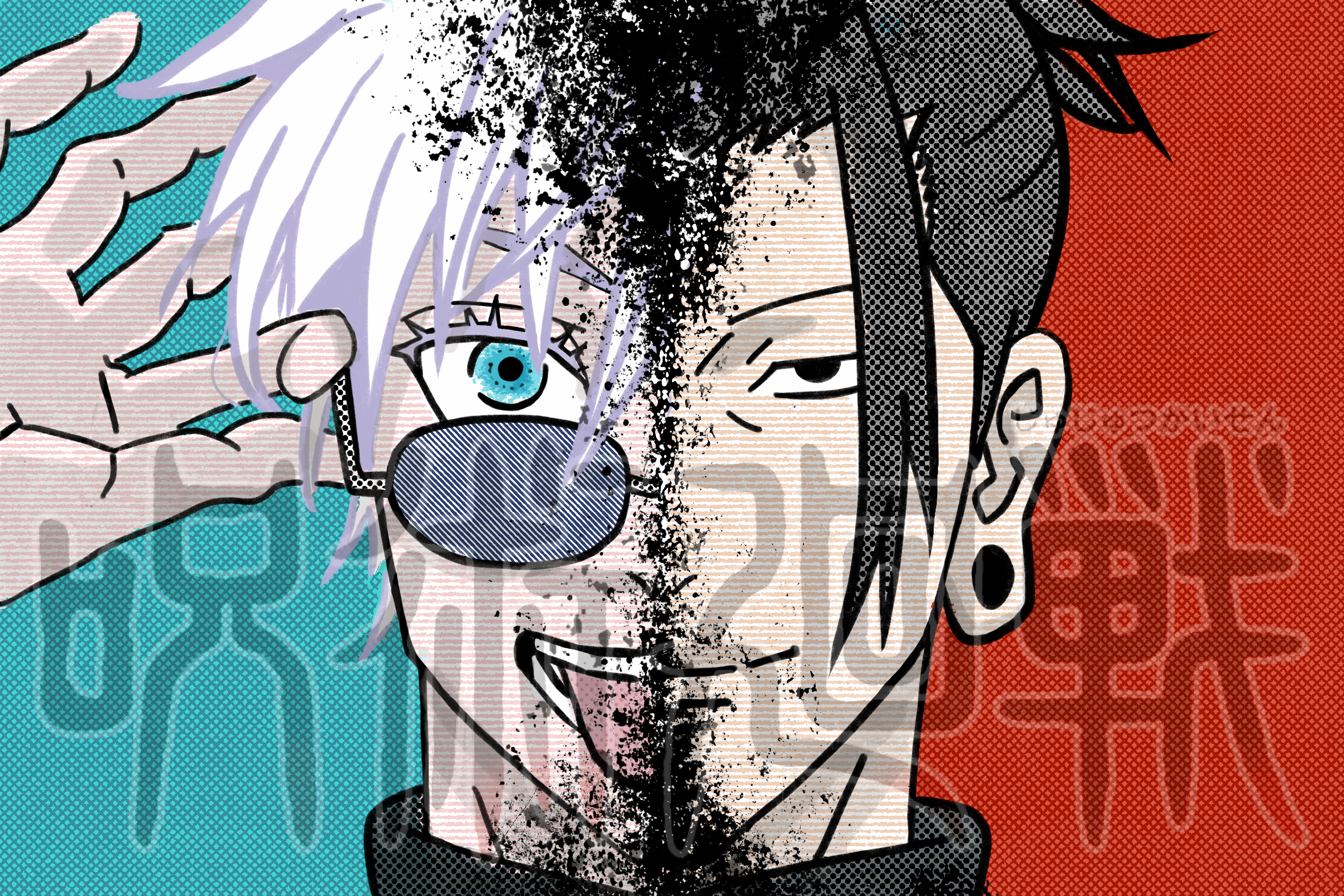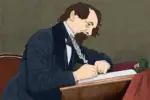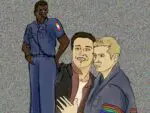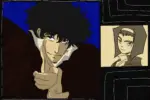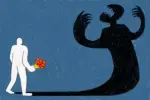While praised for its gorgeous animation and exciting fights, the latest season of Jujutsu Kaisen has also highlighted a problem affecting the entire anime industry.
Jujutsu Kaisen’s second season, which premiered July 6, is considered one of the best arcs in shonen anime. The fight scenes and action of season two are deemed top-rate visuals in the industry currently. Each frame exudes passion and love, the fight scenes remarkably dynamic and beautiful, juxtaposed with the incorporation of the gruesome nature of each fight. .
Despite the sheer beauty that is the Shibuya Arc, there have been recent and ongoing criticisms of the quality of the anime. In reality, the second season has re-invigorated the age-old conversation of how the sausage is really made; despite the genuinely beautiful animation, there are instances in which characters, scenes and the overall quality of the animation are sufficient for release . For example, Episode 17 was heavily criticized for its seemingly rushed visuals, as director Roccia Nobili said “I wish the staff was able to finish [the episode]. As it stands right now, what is present on screen is 30% of the intended vision.”
The general plotline of season 2 is rather easy to follow, with the primary villains perfectly executing their plan on the night of Halloween, and successfully capturing the strongest Jujutsu Sorcerer, Satoru Gojo. However, the major focus of the season is not the storytelling, but more so the skill, passion and talent of the artists at MAPPA in developing electric action scenes; however the artistry and finesse does not stop at the visuals. Specifically, in the final fight between Mahito and Yuji, which depicts Yuji as the wolf hunting the rabbit in the snow, Mahito. The visual symbolism plays an integral part in the scene, illustrating the alternative roles of characters in the anime, and the absolute fear in Mahito’s voice exemplifies the exceptional aptitude of the voice actors. The scene depicts a curse as powerful as Mahito begging desperately for life, for mercy, a villain that was seen to disregard life and existence itself, to be on the cusp of death.
Despite the impressive visuals, there is a prevalent sloppiness in the midst of what was meant to be a masterpiece because of the allegedly excruciating conditions at MAPPA. With the studio taking on more demanding projects like Attack on Titan and Chainsaw Man and greater recognition , animators are worked to the bone. In fact, recent rumors have been circulating that animators have not only been working an average of 12 hours a day, six to seven days a week , and the company forced employees to sign a non-disclosure agreement to suppress any criticism of the company.
Since its origin in 2011, the monumental success of MAPPA has been at an incredible sacrifice on the behalf of the animators, crafting an anime to be a legitimate modern masterpiece, a piece of animation and storytelling that is imbued with so much vigor and life. Conditions at MAPPA have only worsened in light of its insane success, with animators denied pay negotiations, reasonable deadlines and overtime commitments. Most recently, the behind the scene struggles has been a hot button discussion when an unsettling Tweet from a MAPPA animator surfaced, with the post writing “I want to die quickly.” Disturbing to think that behind the scenes lies some of the most inhumane and vile conditions. It is unrealistic to blame the animators for the poor quality, in regard to specific scenes that are blurred or clearly rushed, given how tight deadlines were.
Though there has been prevalent criticism surrounding Jujutsu Kaisen considering the rushed quality of the animation and the clear instances of unintentional sloppiness, the animators themselves appear to be the harshest critics of the anime’s quality. MAPPA animators are not only struggling with unethical working conditions, but with disappointment in their own work and product. One animator vented on Twitter: “right after releasing something that I’m not satisfied with . I’ll make up for it in my future work. Until then, I will live my life as the worst animator who has ruined a masterpiece.”
The issues at MAPPA are a microcosm of the greater issues in anime production overall. iIn fact, it’s become something of a running joke that the better the animation in an anime is, the less the animators see their families, or even go home at all.
An anime that is often considered in the context of strict deadlines, 12-hour workdays, and difficult working conditions is of course One Piece. Unlike 98% of anime, One Piece has been releasing weekly episodes for more than two decades, boasting well above 1,000 episodes and going. Eiichiro Oda, the creator and primary artist for the One Piece manga, has been considered one of the most hardworking people in the entire industry, spending 20 hours a day working to submit deadlines, and only spending a full day to sleep once the manuscript is finished. As commendable as Oda’s work is, considering the amazing success of One Piece in terms of world-building, character design and improvement in animation since its beginning, it cannot be the norm.
With Jujutsu Kaisen Season 2 recently wrapping up, the urgency to reconsider the trade-off of keeping up with the manga’s recent chapters and ethical working conditions is of essence. As annoying as it may be to have to wait several years for the next season of a fan favorite anime, is it really such a commitment to simply rewatch an old season right before the new one’s release? When seeing behind the curtain of how an anime is produced , there is so much more that needs to be investigated, reconsidered and ultimately redone in the treatment of the people that breathe life into anime.
The real sacrifices animators have made in the most recent season of Jujutsu Kaisen cannot be forgotten going forward. In reality, the outcries of animators online and in interviews – despite the threat of an NDA disclosure with MAPPA – speaks volumes about the normalized yet horrifying working conditions not only at MAPPA, but in the anime industry as a whole.


